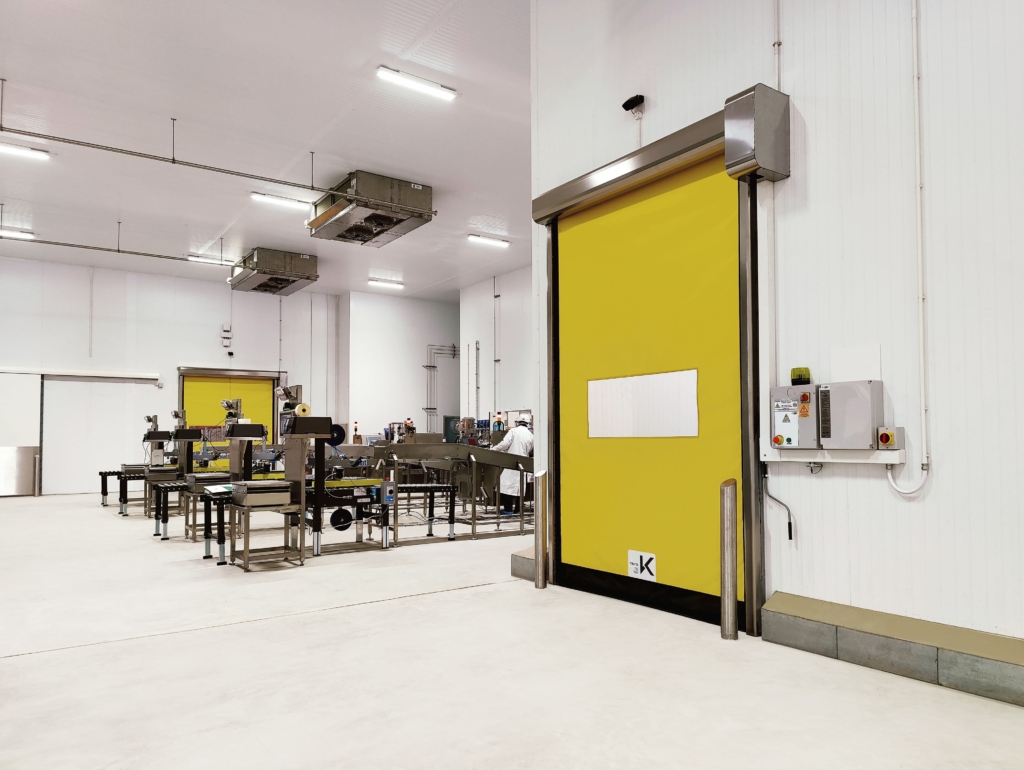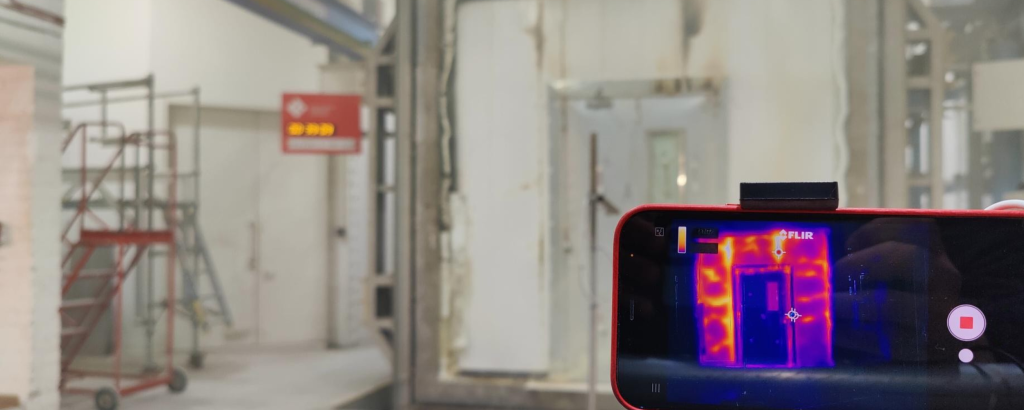What are the lead times for a high speed door?
0 min read

Introduction
When you’re managing a project, lead times are one of the most important factors. While product cost and specification are vital considerations, the success (or failure) of a project is often determined by the ability of the project management team to achieve an agreed handover / completion date. That’s why its important for high-speed door suppliers to offer a transparent assessment of accurate lead times. At Tekta, our mission is to “make life easy for people who care about their doorways.” So here goes:
High speed door lead time
Delivery of your high-speed door project will take between 6 and 14 weeks (from drawing sign-off to project completion).
The breakdown
There are 5 stages of project delivery when it comes to installation of a high-speed door. We’ll cover each stage individually in this article to explain the factors that affect lead times:
1. Drawings & Sign-off ~ (Duration 1 – 2 weeks).
Upon receipt of an order, your supplier will produce manufacture drawings for your approval and sign-off. If required, an installation survey will be scheduled to confirm the door sizes and check the installation area. If your contractor has surveyed the door opening, you will not be expected to sign off the door sizes, but your approval will be required on other factors including colour, method of activation, etc.
2. Manufacturing ~ (Duration 4 – 6 weeks).
After your approval of the drawings, the details will then be passed on to the factory to schedule the production of your high-speed door/s. Lead times may fluctuate depending on current demand, but your supplier will be able to give you an accurate manufacturing lead time at the time of drawing sign-off.
3. Delivery ~ (Duration 1 – 3 weeks).
Depending on the factory location and the distance your door/s have to travel upon completion of manufacture, delivery will take between 1 – 3 weeks. Ensure that delivery and offloading methods have been agreed, prior to the date of delivery, in order to prevent any delays or mis-deliveries.
4. Installation ~ (1 – 2 days per door).
The installation period is entirely dependent on the number of doors that have been ordered. As a general rule of thumb, allow 1 – 2 days per door for installation. Work with your supplier to ensure the working areas are clear of obstruction, the fixing methods have been discussed, and any access equipment is on site prior to the agreed installation date to avoid delays.
5. Handover ~ (1 – 5 days).
For smaller projects, the handover and product training is generally completed on the last day of the installation. For larger projects, a site walk-round with the installation manager or lead engineer to hand-over each door should be organised before the project is considered complete.
Summary
Finally, it is worth noting that there are external factors that may affect lead times which are outside of the direct control of your high-speed door supplier. Therefore, it’s advisable to maintain regular contact (if your project is time-critical) to ensure you are aware of the most up to date lead times.
And that concludes our overview of high-speed door lead times! Make sure you work with your supplier to make them aware of any changes in your program, ahead of time, to allow for smooth project management and a successful project.
Learn more about the potential issues you could face with high speed doors.
Check out our handy guide for choosing the right high speed door.
Contact us today if you have a time-critical project you need assistance with!




